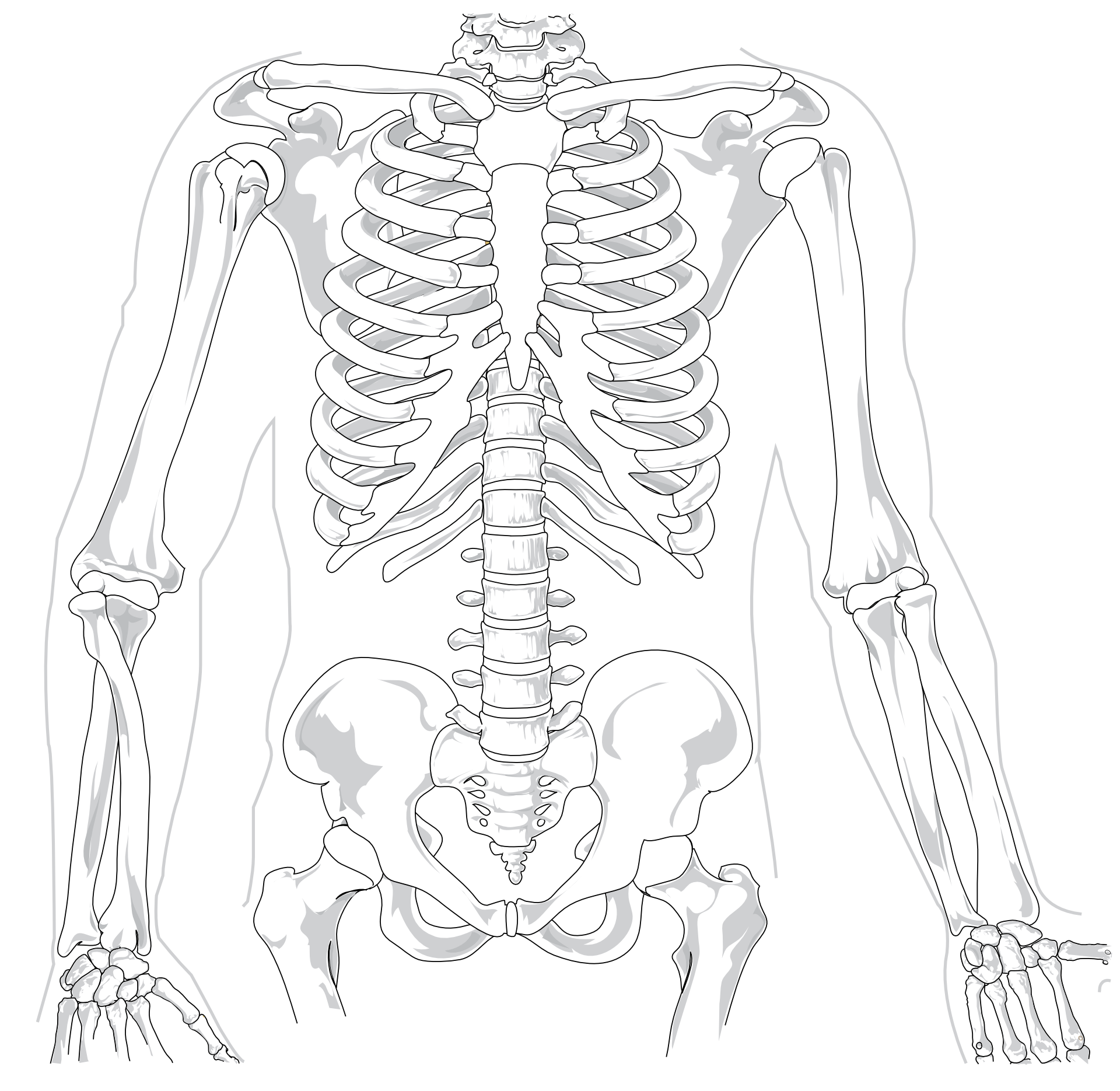The Dorn method is a form of manual, holistic alternative therapy used to correct misalignments in the spinal column and other joints. In its theoretical approach, it is somewhat related to chiropractic and osteopathy, although it is different in its practical application.
It was developed in the 1970s by the German lay-healer Dieter Dorn.
Early students of Dorn, like Helmuth Koch (who coined the name Dornmethode), Hildegard Steinhauser, Harald Fleig and others, started to teach the method in the 1990s, enabling its use to spread through Germany, Austria and Switzerland.
According to its founder’s wish, the Dorn method should become a kind of folk medicine, free from trademark or copyright so that anyone may access it.
The Method
The Dorn method is based on the correction of uneven leg length, which, according to Dorn, can be diagnosed in almost every human.
Because of that, the pelvis is said to become twisted, and this can supposedly result in an asymmetrical, crooked or displaced spinal column.
Dorn uses a non-manipulative approach to correct such problems. Corrections of joint or spinal cord misalignments are done in a ‘dynamic’, moving action.
According to Dorn, our muscles always try to hold the positions of the joints and spine, and when they are out of order the muscles assume this ‘wrong’ position as the correct one and hold it there.
Dorn proponents maintain that a static correction, such as that used in chiropractic therapy, is difficult because it needs to overcome the strength of the holding muscles, and because the patient is often tense since the treatment is done ‘on’ him and not ‘with’ him.
The Dorn method therefore uses motion to divert the muscles’ tension, and in this relaxed state it is apparently possible to realign the bones.During a treatment, the practitioner palpates the patient’s spine.
If any ‘unbalanced’ areas are found, possible underlying misalignments are treated with gentle pressure using the thumb or hand against the spinous processes, while the patient enacts guided movements such as swinging the leg or arms to distract the muscles’ inertia; this is similar to the principle of mechanics known as ‘counter pressure’.
In case of pain, the patient is advised to stop the procedure in order to avoid any damage to the body.
Patients often report positive results immediately after treatment. Afterwards, they learn specially designed self-help exercises that simulate the ‘corrections’ made during the treatment.
Reasoning Behind The Method
Proponents of the Dorn method claim that it is based on simple laws of physics and human anatomy and applied through cooperation between the practitioner and patient. The therapy is not done on the patient but rather with the patient, who is in control during its application.
Proponents believe that the human skeleton should be “symmetrical”, “harmonic” and in a “static-dynamic alignment equilibrium”. When we “upset” this “bone order” then our joints may be moved out of place, especially in the spine.
Conventional medicine supposedly offers over-complicated explanations and solutions for such problems, and unnecessarily leads to operations or the requirement to use special shoes or insoles.
Dissemination
An independent group of Dorn method specialists and seminar lecturers, most early students of Dorn, established basic rules and regulations for the method, alongside an official Dorn therapist and teacher listing called the Aurum List.
This was first succeeded by the Dornforum, and in 2006 by the Dornfinder. There are about 130 authorized teachers listed and more than 1,500 therapists in more than 20 countries around the world.
The therapy’s popularity has increased due to exposure on the Internet, the increasing number of authorised teachers, and word of mouth from successfully treated patients.
In addition, Dorn Congresses are held regularly in Germany, and the first congress in Switzerland was held in 2006. These meetings were initially organized by Koch and Steinhauser, and are now.






